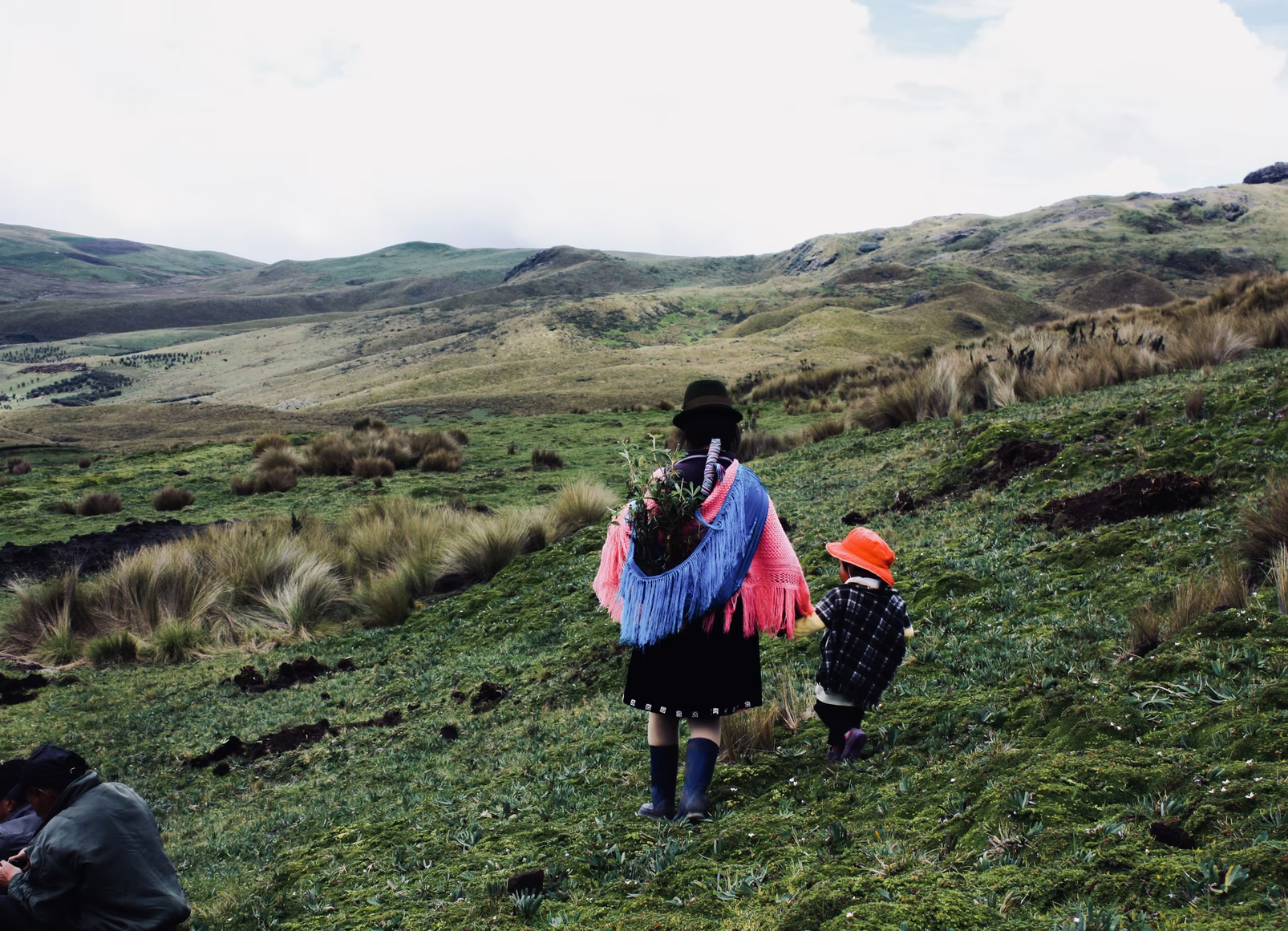· 4 min read
1. The Glasgow Leaders' Declaration included:
$12bn in public funding to "support work to protect, restore and sustainably manage forests" from 12 countries, to be delivered over 2021-2025; $7.2bn in private funding from corporate and philanthropic funds; At least $1.5bn earmarked explicitly for protecting the forests of the Congo Basin; At least $1.7bn pledged towards supporting Indigenous Peoples and local communities and advancing their land tenure rights; A commitment from the CEOs of more than 30 financial institutions to divest from activities linked to commodity-driven deforestation. 131+ countries signed the declaration accounting for 90 percent of the forest cover on Earth. Indigenous people were included in the discussions when this pact was launched, and their voices were heard (however, giving them a seat at the decision-making table still seems to be an idea).
In parallel, some of those signatures were controversial—particularly that of Brazil (the home of amazon rainforests). Since Brazil's President Jair Bolsonaro took office in 2019, deforestation rates in the country have reached a 12-year high deforestation rate. Furthermore, just two days after the declaration, Indonesia—one of the most heavily forested countries—seemed to walk back its commitment when the country's vice foreign minister, Mahendra Sinegar, denied on Thursday that zero-deforestation was even part of the Glasgow pledge that his country interpreted it as a commitment to "sustainable forest management ... not end deforestation by 2030."
Thus, this declaration sent multiple messages: commitment to stop deforestation but no clear steps to deliver those, leaving vulnerable communities still in threat.
2. Several announcements were made for Equity, including a US commitment of $14m towards the Gender Equity and Equality Action Fund and Canada's commitment to ensure that 80% of climate finance pledges over the next five years would target gender equality. On 11 November, parties adopted a decision text which "urges" parties to "accelerate their efforts" to implement the GAP. The text also makes multiple references to the coronavirus pandemic and its "deepening of pre-existing inequalities."
3. Under Adaptation - the call was made for developed nations to "at least double their collective provision of climate finance for adaptation" from 2019 levels by 2025. As a great outcome, several countries, including the US, committed to the same during the plenary on final days. Another critical development for adaptation finance came in record-breaking pledges to the Adaptation Fund, including new announcements from the US and EU. Again, this funding is a fraction of the billions required by developing countries. Still, the fund has the advantage of being focused exclusively on adaptation projects and being 100% grant-based rather than providing loans to poorer nations. A fresh US$145 million will go to the Global Funds for Coral Reefs, including $125 million from the UN's Green Climate Fund. This will help small island states protect and restore coral reefs, build coastal resilience and adapt to the impacts of climate change.
4. In terms of Loss and Damage, vulnerable countries wanted this to be the COP where loss and damage finance was finally offered up, and there were calls for a standing agenda item besides the WIM that could address this. This issue received an unexpected boost in the first week from Scottish first minister Nicola Sturgeon where her pledge of £1m (later doubled to £2m) to "address" Loss and damage was appreciated as it was also the first money ever explicitly committed towards this cause. A draft text that emerged on Wednesday was notable in that it "urged" developed countries, NGOs and private donors to fund Loss and damage. However, it lacked any specific financial commitments. Ultimately, the only loss-and-damage fiscal demand that made it into the final text was for wealthier nations to support the Santiago network. However, with 12 mentions of Loss and damage making it into the final "Glasgow pact," there was hope that this issue could be reignited at COP27. If we were to consider the positive, Loss and damage is now up the political agenda in a way it was never before, and the future for it to get delivered doesn't seem far away.
5. Negotiations on the topic of response measures (Implementations) were preoccupied with how to implement the six-year work plan of the Katowice Committee on Impacts (KCI), the forum's technical committee, which was disrupted due to the Coronavirus pandemic. Disputes arose in the negotiation rooms. A gap in opinions was created when developed countries favoured accepting the existing inputs provided by subsidiary chairs for implementing the work plan. At the same time, developing countries felt disruption had been too significant, and change was necessary to bring in impact. The final report "requests" that the secretariat convene a two-day workshop in conjunction with the next subsidiary body meeting in June 2022 to advance the implementation of work plan activities.
6. The importance of recognising the contributions of the indigenous people was highlighted again in the COP decision. The parties adopted the second three-year work plan of the LCIPP, which mandates that these events under the LCIPP continue throughout the next three years. Following COP 26, the platform will continue this work in facilitating increased engagement of indigenous peoples and local communities in climate policy and action.
Future Thought Leaders is a democratic space presenting the thoughts and opinions of rising Energy & Sustainability writers, their opinions do not necessarily represent those of Illuminem.






